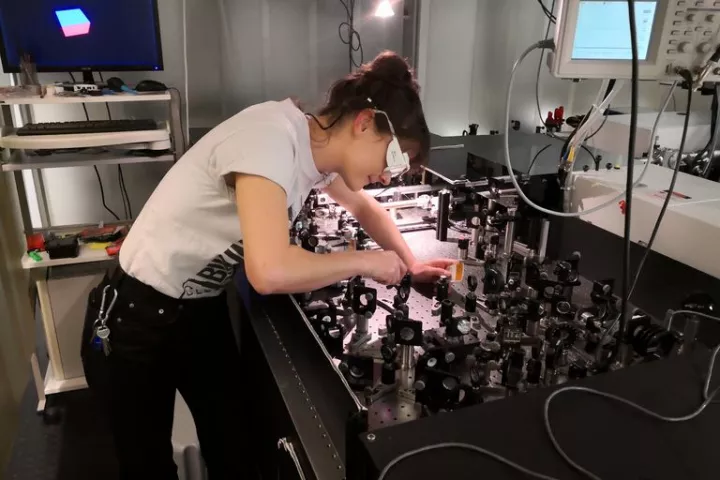Infra-Red
-
It’s easy to forget that most animals don’t see the world the way humans do. In fact, many perceive colors that are invisible to us. But now, for the first time, scientists have found a way to capture footage as seen by animals, and it's mesmerizing.
-
The James Webb Space Telescope may have been touted a successor to Hubble, but the old-timer still has some life left in it. These two iconic instruments have now teamed up to take a deep-field image of the colorful “Christmas Tree galaxy cluster.”
-
In 2022, decades of work finally came to fruition as the James Webb Space Telescope focused its powerful eyes on the universe. From distant galaxies to our nearby neighbors, let’s look back at some of the most impressive images captured so far.
-
Brain cancer is one of the most insidious forms of the disease, but a new wireless device could help improve survival times. When implanted between the skin and skull, the device uses infrared to heat up gold nanoparticles to kill cancer from within.
-
As we age, our eyesight naturally declines, but a new study has found just three minutes of exposure to 670-nanometer red light in the morning can help deteriorating vision, improving color contrast vision by nearly 20 percent.
-
Terahertz radiation is extremely useful but, traditionally, tricky and expensive to generate. Scientists at TU Wien have come up with a new source of terahertz radiation that they claim breaks records for efficiency and the breadth of its spectrum.
-
Ohio-based healthcare startup Caring Things has joined the fledgling smart thermometer space with an ear bud-sized infrared thermometer that plugs directly into the audio jack of your smart phone.






